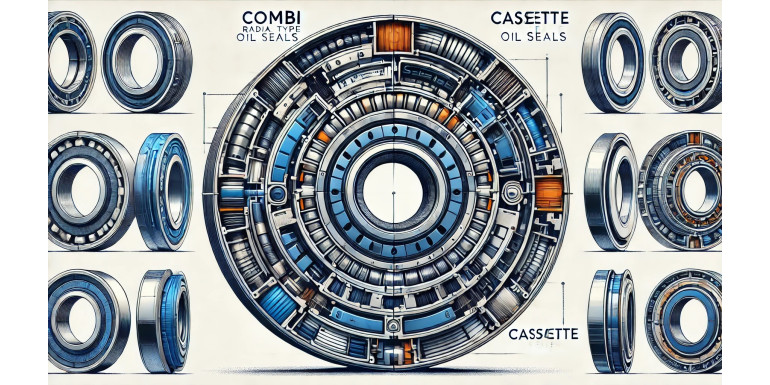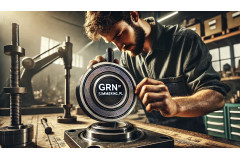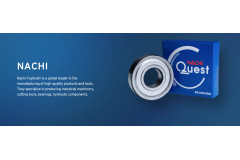
The Critical Role of Dust Lips in Oil Seals: Enhancing Protection and Prolonging Machinery Life
To create an encyclopedic resource for engineers on the role of dust lips in oil seals, we need to delve into the detailed technical aspects, materials, and industry standards.
1. Working Principle of Dust Lips
Dust lips serve as a secondary sealing mechanism. Unlike the primary sealing lip, which keeps lubricants inside, dust lips prevent external contaminants from entering. This is crucial in industrial and automotive machinery, where shafts rotate at high speeds and external debris can significantly impact performance.
Key Characteristics:
- Placement: Positioned at the outer edge of the oil seal, offering a barrier to dust, dirt, and other particles.
- Pressure Handling: Dust lips do not handle the same pressures as primary seals, but they play a crucial role in protecting the primary seal from abrasive wear.
2. Material Selection
Engineers must carefully choose the appropriate material for dust lips based on environmental and operational conditions. Two popular materials include:
- FPM (Fluorocarbon Rubber): Offers high chemical resistance and thermal stability, often used in automotive and aerospace industries.
- ACM (Polyacrylate Rubber): Ideal for applications involving oils and high temperatures, such as in engine seals.
3. Applications Across Industries
Dust lips are essential in various fields:
- Automotive: Used in differentials, wheel hubs, and crankshafts where constant exposure to dirt and road debris occurs.
- Heavy Industry: Equipment like mining machinery and construction vehicles rely on dust lips to protect the rotating parts from harsh environmental conditions.
- Agriculture: Ensuring durability in machines constantly exposed to soil, dust, and debris, such as tractors and harvesters.
4. Design Considerations for Engineers
When designing or selecting seals with dust lips, engineers must consider:
- Sealing Efficiency: The balance between friction and sealing performance is crucial. A well-designed dust lip adds minimal friction while offering excellent protection.
- Wear Resistance: Dust lips should be made from materials that can resist wear over time, especially in environments where abrasive particles are prevalent.
- Compatibility: Materials used for dust lips must be compatible with the fluids inside the system and the external contaminants.
5. Importance in Extending Machinery Lifespan
Dust lips protect rotating shafts and components, thus preventing abrasive wear that leads to premature failure. The additional protection lowers maintenance costs and extends the operational life of critical components.
6. Technical Standards
Engineers designing oil seals with dust lips follow industry standards like ISO 6194 and DIN 3760 for rotary shaft seals, ensuring consistent performance across applications.
7. Optimization for High-Speed and High-Temperature Applications
Dust lips must be optimized for high-speed rotary applications to prevent excessive heat buildup. Labyrinth designs in dust lips are often employed for applications where speed and temperature are critical, such as in motorsports or aerospace engineering.
8. Field Applications and Real-World Examples
- Automotive Engineers focus on reducing contamination in differentials and gearboxes, where dust lips play a pivotal role in maintaining long-term seal integrity.
- Industrial Machinery Designers utilize dust lips to safeguard against the ingress of materials like sand and dust, which can degrade bearing performance over time.
By understanding these technical aspects and incorporating dust lips into oil seal designs, engineers can ensure superior equipment performance, reduce maintenance, and extend the lifespan of machinery operating in harsh environments.
Conclusion
Dust lips in oil seals are an essential feature for engineers to consider when designing machinery for challenging environments. With the right material choice, design considerations, and adherence to industry standards, dust lips can significantly enhance the durability and reliability of equipment across multiple industries. For more specialized solutions, explore the range of high-performance seals on simmering.pl, tailored to meet the demanding needs of industrial and automotive engineering.




Leave a Reply Cancel Reply